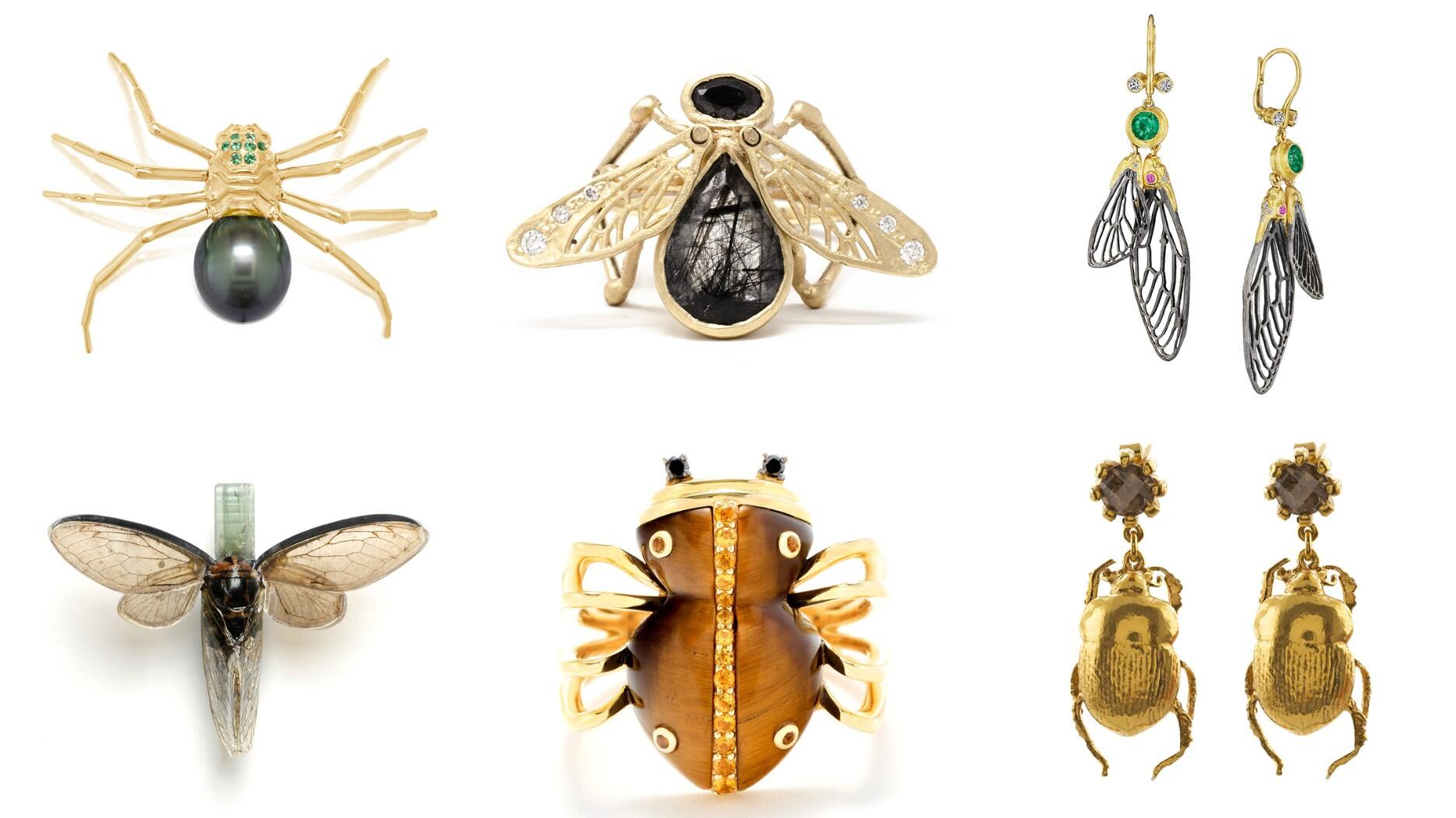The new pink sapphire version of the piece dances with its wearer in the brand’s “Icons After Dark” holiday campaign.
A Quick Review of the FTC’s Rules on Lab-Grown Diamonds
Our Editor-in-Chief Michelle Graff offers a refresher following the Federal Trade Commission’s distribution of eight warning letters regarding advertisements for lab-grown diamond jewelry or diamond simulants.

The distribution of these letters comes less than a year after the commission’s long-awaited overhaul of the Jewelry Guides, the FTC-created rulebook that outlines the terms marketers should, and shouldn’t, use to describe jewelry to consumers.
When the new Jewelry Guides dropped last summer, it seemed, to me anyway, that many lab-grown diamond companies perceived the revisions to be a big victory for them, perhaps bigger than it actually was. They’ve since gone a little overboard with their marketing, either thinking that it was allowed or that nobody was watching or would notice.
But that, apparently, is not the case.
The FTC is paying attention and is interpreting the revised guides more strictly than some had expected, including Jewelers Vigilance Committee President and CEO Tiffany Stevens, whose organization is tasked with (among many other things) keeping the industry’s advertising in check.
Stevens told me in an email Thursday that, “We are extremely encouraged that the FTC is putting focus on our industry in this way at this time. The guides had not been updated since the ‘90s, and in our conversations with the FTC, we emphasized that the update really wasn’t complete until they took some enforcement action to demonstrate the meaning and limits of the new guides.
“We were seeing evidence of some players really creating their own reality and running wild beyond any reasonable interpretation of the new guides. We would reach out to stem the action and also see incidents in our mediation practice, but there is nothing like having such a loud and clear action from the federal government itself.”
All this being said, I thought in light of this week’s events, now would be a good time for a refresher on the FTC’s Jewelry Guides as they pertain to man-made diamonds and simulants.
1. If a product is a lab-grown diamond, then the fact that it is man-made must be clearly and conspicuously stated.
The FTC made the change to the definition of a diamond in its Jewelry Guides before the section on diamonds as a way of saying: We will lay out the guidelines in this coming section that apply to diamonds, and by diamonds we mean “a mineral consisting essentially of pure carbon crystallized in the isometric system” that was either mined from the earth or grown in a factory.
Nothing changed about how lab-grown diamond companies, and sellers of lab-grown diamonds, have to describe the product to consumers.
The FTC says they still must make it clear that the product is man-made by using “clear and conspicuous” disclosure with the word diamond; the three terms the FTC recommends using are laboratory-grown, laboratory-created or [manufacturer name]-created.
Cultured is OK too, but it has to be “immediately accompanied, with equal conspicuousness” by one of the three terms; it cannot stand alone.
When “diamond” appears by itself, it still means a natural diamond.
And those three qualifying terms mentioned above, the FTC noted this week, must be “proximate” to the product description, not in a place where consumers aren’t likely to see them. It mirrors the rules the commission has laid out for paid posts by influencers, who are supposed to write “#ad” where people can see it, not bury it in the middle of a caption.
Companies cannot relegate disclosures to FAQ or education pages, with FTC Consumer Education Specialist Bridget Small noting in a blog published on FTC.gov Tuesday: “Some businesses only put information about how a stone was really made on a ‘diamond education’ webpage, rather than in or near an ad where shoppers were more likely to see it.”
2. Social media is a not a free-for-all.
The FTC reminded companies that the Jewelry Guides and the truth-in-advertising provisions of the FTC Act apply on Instagram, Facebook and Twitter, too.
Frisby also urged marketers to be cautious when using hashtags, for two reasons.
First, if a marketer wants to use a hashtag for disclosure purposes—e.g., #labgrown—they have to consider the overall impression of the advertisement. Is that hashtag making it obvious enough to consumers what the product is?
Secondly, marketers need to be mindful of making claims with hashtags. For example, #diamonds might imply that a product is mined, since the FTC still considers “diamond” alone as referencing a mined diamond.
3. CZ and moissanite aren’t the same thing as diamond (either natural or man-made), and that must be clear too.
In addition to the ads for lab-grown diamonds, the FTC noted that it spotted advertising for simulated diamonds that implied the stone was either a lab-grown or mined diamond.
The commission “encourages” companies selling simulated diamonds to avoid describing their products in a way that “falsely implies” what they are selling has the same optical, physical and chemical properties as mined or lab-grown diamonds.
4. Be cautious when making “eco” claims.
For example, if a company is claiming its product is “eco-friendly” because it’s recyclable, or because it takes measures to use less energy or less water in the manufacturing process, then the ad has to state this. It can’t just state “eco-friendly” because there are too many ways consumers can interpret that.
In addition, companies need to have publicly available evidence backing up their claims, and the amount of scientific evidence that’s needed increases with certain claims, such as “carbon neutral.”
The FTC has an entire rulebook dedicated to “eco” claims, separate and apart from the Jewelry Guides. It is called the “Green Guides” and can be accessed on FTC.gov.
The JVC’s Stevens added a point I’ve made in writing about lab-grown diamonds on this blog before: a product cannot be labeled as “green” or “eco-friendly” simply because it is perceived to be “greener” than the same product next to it.
She explained it like this: “One of the recurring issues we see with the environmental claims is the use of relative standards (i.e., Michelle speaks 20 words of Spanish and Tiffany speaks one so Michelle is fluent in Spanish) rather than what the standard actually is under the [FTC’s] Green Guides, which is an absolute (i.e., Michelle is either fluent in Spanish or not, regardless of how competent the person standing next to her is.)”
Before I wrap up this blog, it’s worth noting that the FTC is not a law enforcement body; no one is going to prison for putting out diamond jewelry ads that violate the FTC’s Jewelry Guides.
However, the commission can levy fines, and, what might even be worse for these companies, the commission publicizes when it writes warning letters, which can result in coverage not just from trade press but consumer press as well.
Reuters picked up the story about the FTC’s warning letters, as did Ad Age.
The story even made it onto Page Six of the New York Post, which ran it with the headline, “Leonardo DiCaprio-backed diamond company accused of false advertising,” zeroing in on the Diamond Foundry.
The FTC is not disclosing the names of the seven other companies that received warning letters without a Freedom of Information Act request.
A spokeswoman for the Diamond Foundry said the company is limited as to what it can say at this point, but released the following statement: “We have received an inquiry from the FTC, which we take seriously and will respond to in comprehensive detail. We pride ourselves on being a lab-grown diamond producer, and this point of differentiation is what our success is built on. We have worked collaboratively with the FTC for years, and the FTC has been a great supporter of the industry and a champion of change for consumer transparency.”
The FTC is giving the companies it contacted 10 days to let the commission know how they plan to alter their advertising.
The Diamond Foundry said it will share follow-up information when available.
Stay tuned. I bet this isn’t the last we’ll hear from the FTC regarding the revised Jewelry Guides.
The Latest

A choice that’s generated a lot of commentary, Pantone says “Cloud Dancer” marks a fresh start and encourages relaxation and creativity.
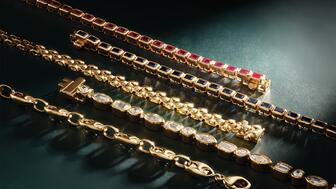
The manufacturer’s holiday campaign features a gift guide filled with trending designs and jewelry that can be personalized.

How Jewelers of America’s 20 Under 40 are leading to ensure a brighter future for the jewelry industry.

The man was charged with theft, accused of ingesting the necklace while in a jewelry store in Auckland, New Zealand.


The Florida independent expanded its store from 8,000 to 14,000 square feet, fulfilling the vision of its late co-founder, Jim Dunn.
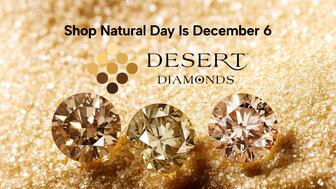
Sponsored by De Beers Group

Roseco’s 704-page catalog showcases new lab-grown diamonds, findings, tools & more—available in print or interactive digital editions.
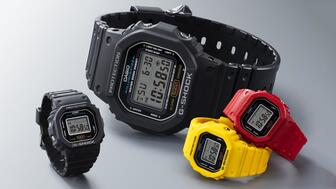
The classic 5600 series G-Shock has been scaled down to about a tenth of its size, becoming a fully functioning watch ring.

The association’s annual conference and gala will take place Feb. 4, 2026, during the Tucson gem shows.
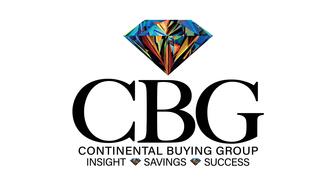
The January show will include a workshop for jewelry retailers on implementing AI to strengthen their businesses.
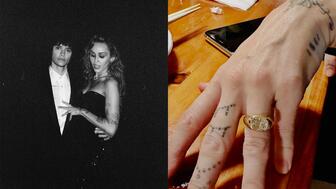
Fellow musician Maxx Morando proposed to the star with a chunky, cushion-cut diamond ring designed by Jacquie Aiche.

The retailer, which sells billions in fine jewelry and watches, is suing the Trump administration and U.S. Customs and Border Patrol.

Black Friday is still the most popular shopping day over the five-day holiday weekend, as per the National Retail Federation’s survey.
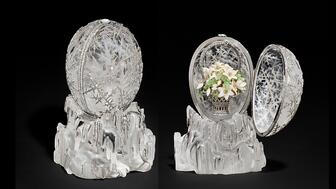
The historic egg, crafted for Russia's ruling family prior to the revolution, was the star of Christie’s recent auction of works by Fabergé.
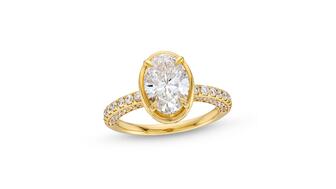
The retailer offered more fashion jewelry priced under $1,000, including lab-grown diamond and men’s jewelry.
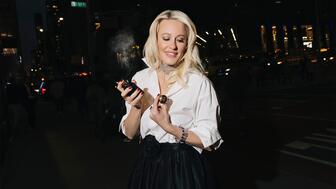
The eau de parfum is held in a fluted glass bottle that mirrors the decor of the brand’s atelier, and its cap is a nod to its “Sloan” ring.

Vivek Gadodia and Juan Kemp, who’ve been serving as interim co-CEOs since February, will continue to lead the diamond mining company.

In addition, a slate of new officers and trustees were appointed to the board.
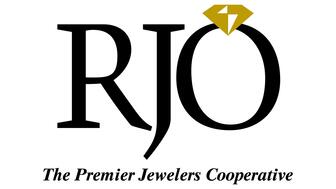
Witt’s Jewelry in Wayne, Nebraska, is the organization’s new milestone member.

Laurs is the editor-in-chief of Gem-A’s The Journal of Gemmology and an expert on the formation of colored gemstone deposits.
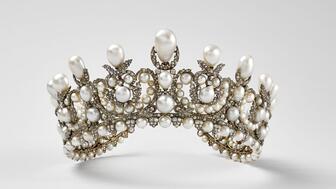
The man, who has a criminal history, is suspected of being the fourth member of the four-man crew that carried out the heist.
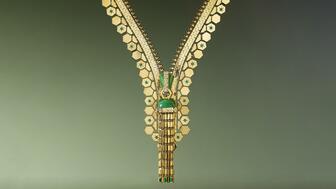
The single-owner collection includes one of the largest offerings of Verdura jewels ever to appear at auction, said Christie’s.
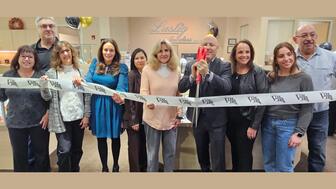
Michael Helfer has taken the reins, bringing together two historic Chicago jewelry names.
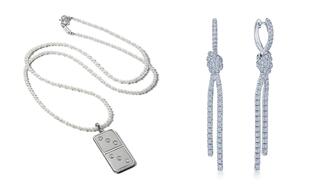
The guide features all-new platinum designs for the holiday season by brands like Harwell Godfrey, Ritani, and Suna.

During its Q3 call, CEO Efraim Grinberg discussed the deal to lower tariffs on Swiss-made watches, watch market trends, and more.
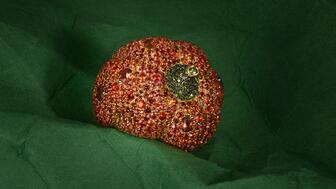
Rosior’s high jewelry cocktail ring with orange sapphires and green diamonds is the perfect Thanksgiving accessory.













